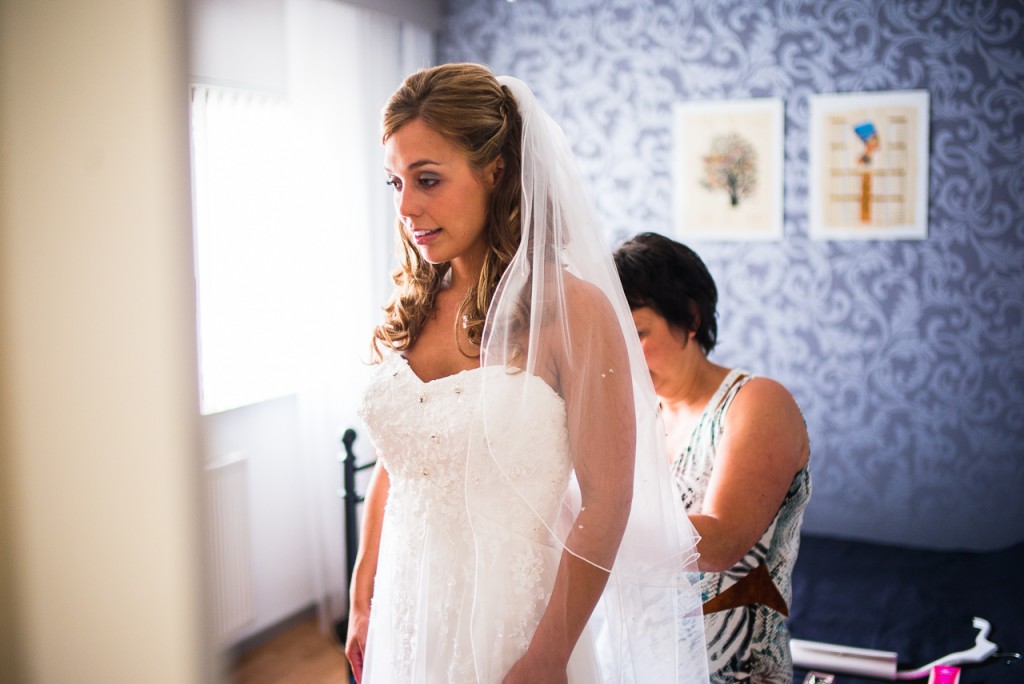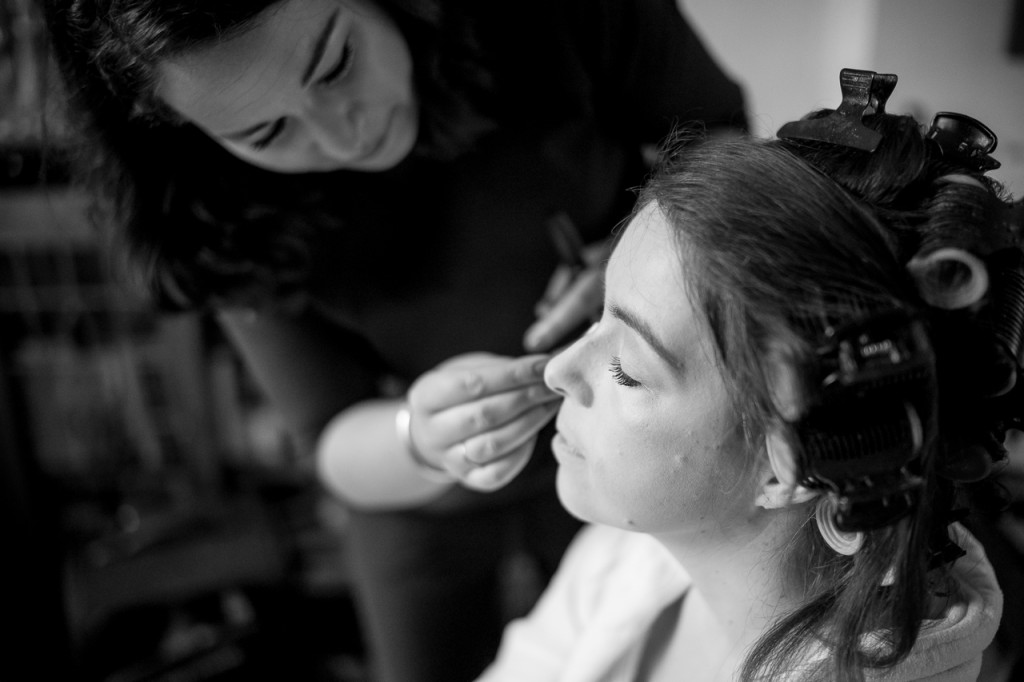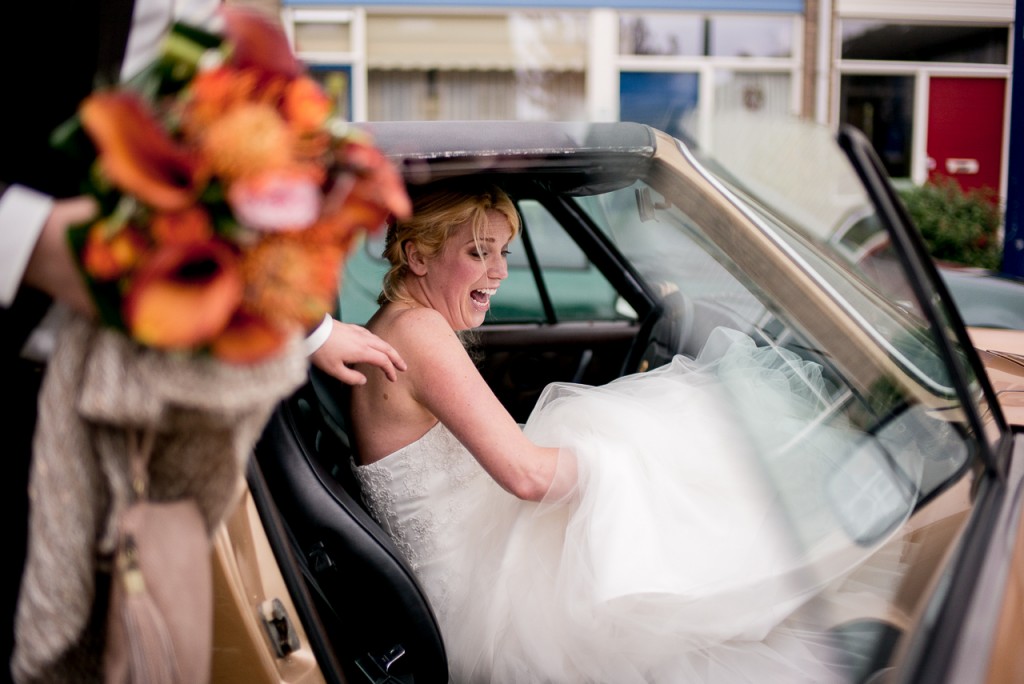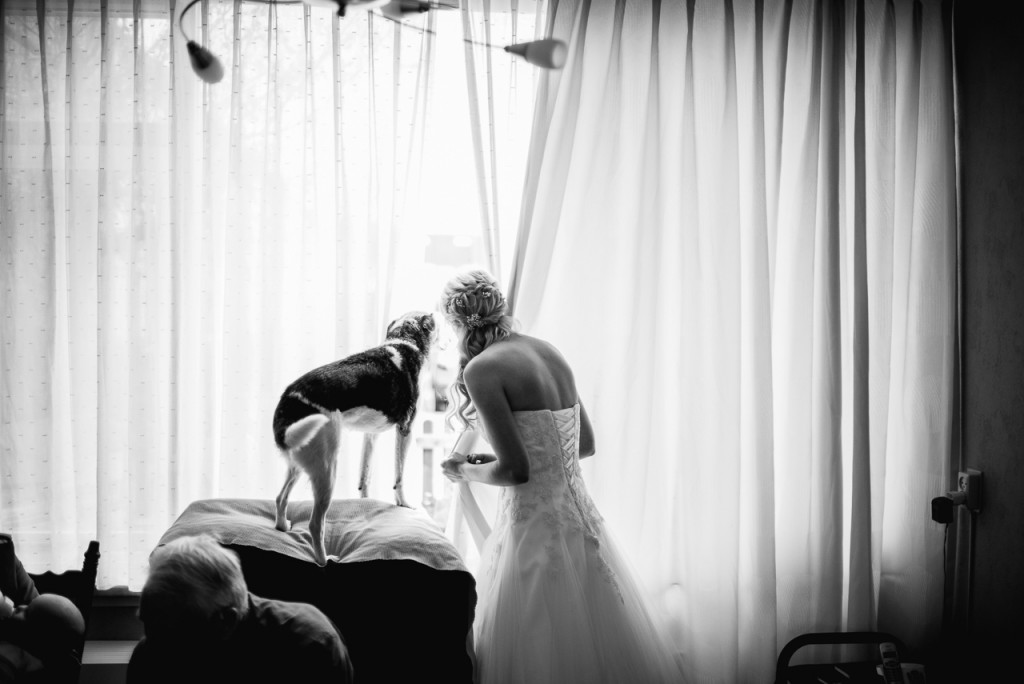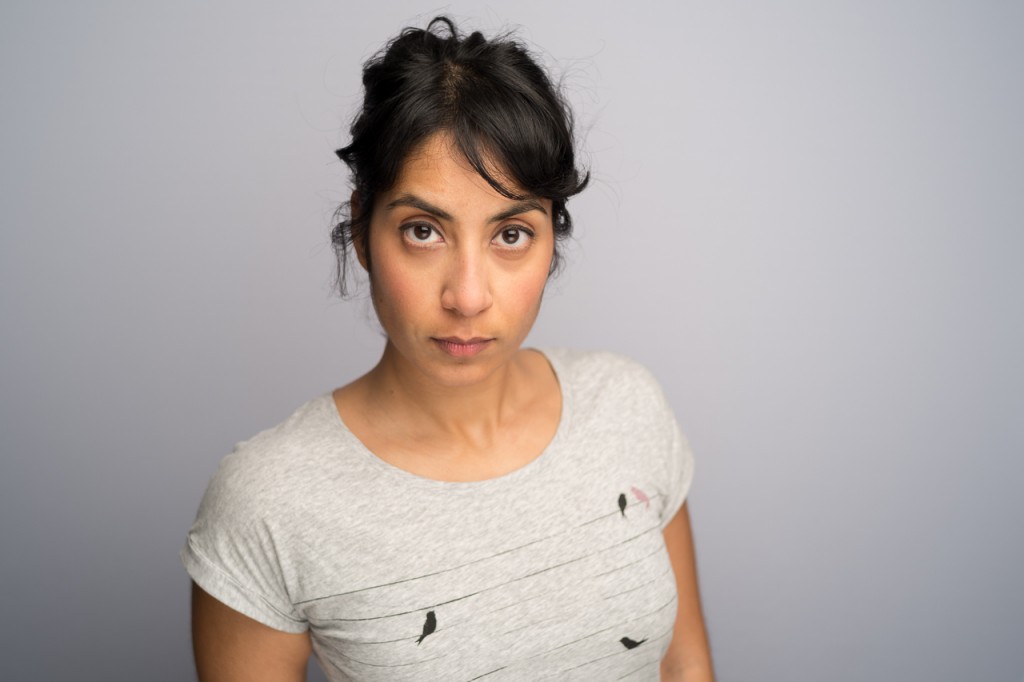I bought the Cosina Voigtländer 35/1.2 at least six or seven years ago when I wanted one fast lens for my Leica M9 which I could shoot any wedding with. I have shot many, many thousands images with this lens and I only started using it less when I bought the Noctilux. On the Leica SL, it is my favorite 35mm again, because it is much more ergonomical than any tabbed lens that Leica offers in this focal length.
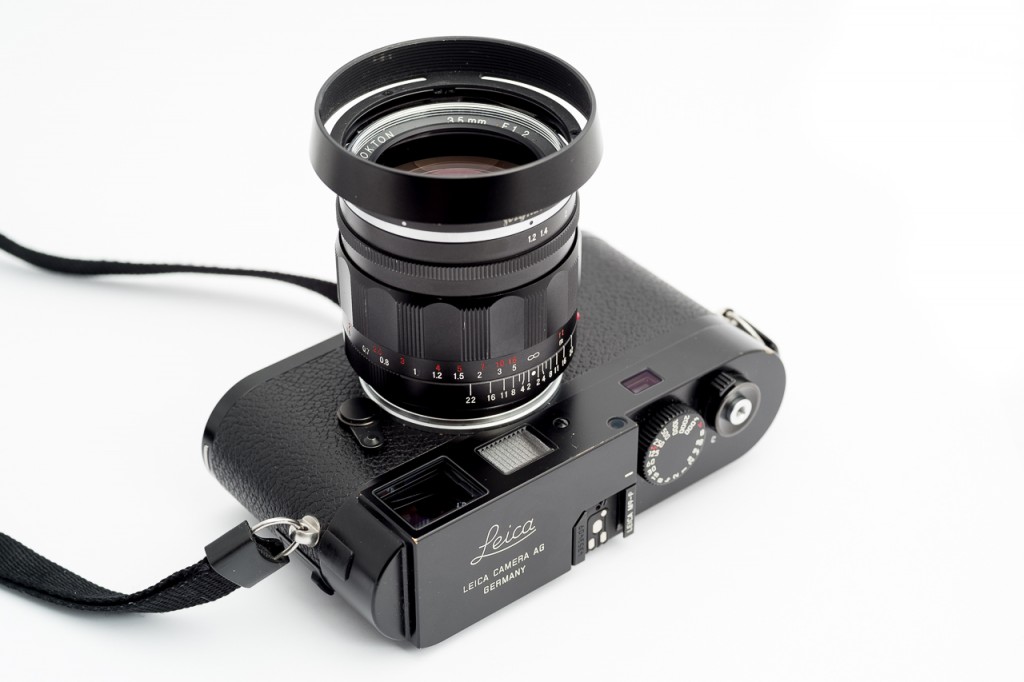
Let’s go back to the M9 days again. My fastest lenses were a 35 and 50 summicron and sometimes I’d be shooting at 2500 ISO at 2.0 at 1/8th of a second. Impossible, but I had to. I was not sure which lens to buy that time: either the 40/1.4 or the 35/1.2 and I asked my friend Peter what he would do. I went for the 35, because of its slight benefit in speed and better optical quality. A few years later, I also bought the 40/1.4, but more on that later.
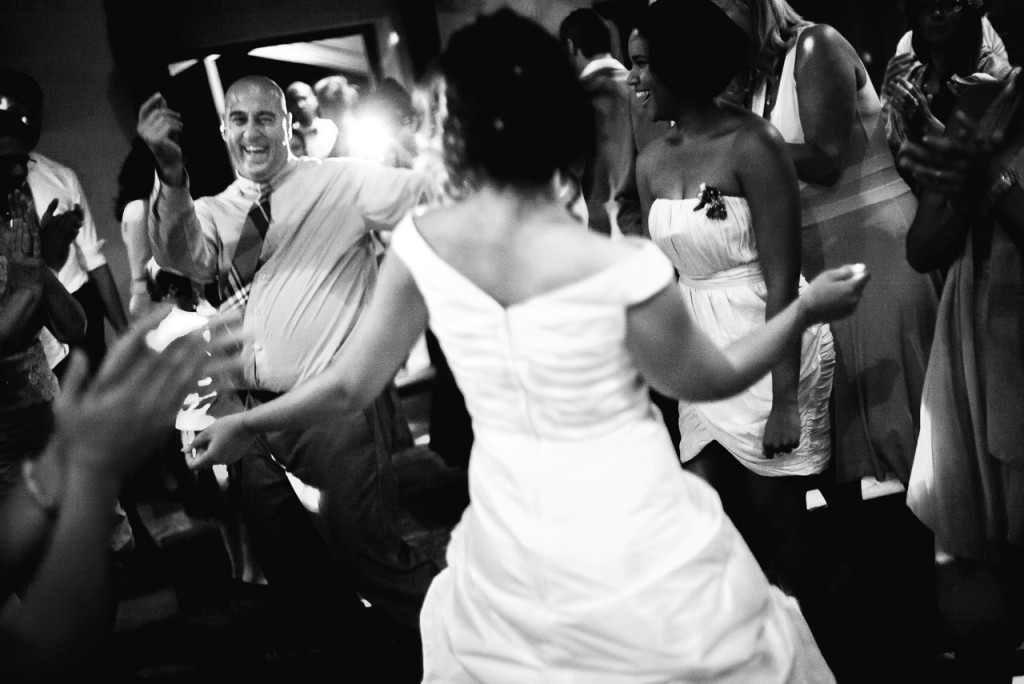
The fact that I’m talking about the CV 35/1.2 ‘v2’ means that there’s a v1 as well. Correct, there is. My friend Peter used the v1 and made an interesting report on that lens. Another interesting discussion about the v1 vs the v2 can be found here.
There have been winter weddings where I shot 99% of all images with this lens…
The CV 35/1.2 has served me well. There have been winter weddings where I shot 99% of all images with this lens. I have shot a lot of environmental portraits with it and even though it isn’t very sharp wide open, it’s been good enough for magazine cover shots. When I bought the M240 I thought I’d no longer use it, but even though the M240 gave me a few stops advantage to the M9, I still brought it on most wedding assignments. The Noctilux changed things a bit: with a faster lens, I no longer needed the 35/1.2 for all weddings, but for assignments with very difficult situations (receptions where dancing is involved) I still brought it with me.
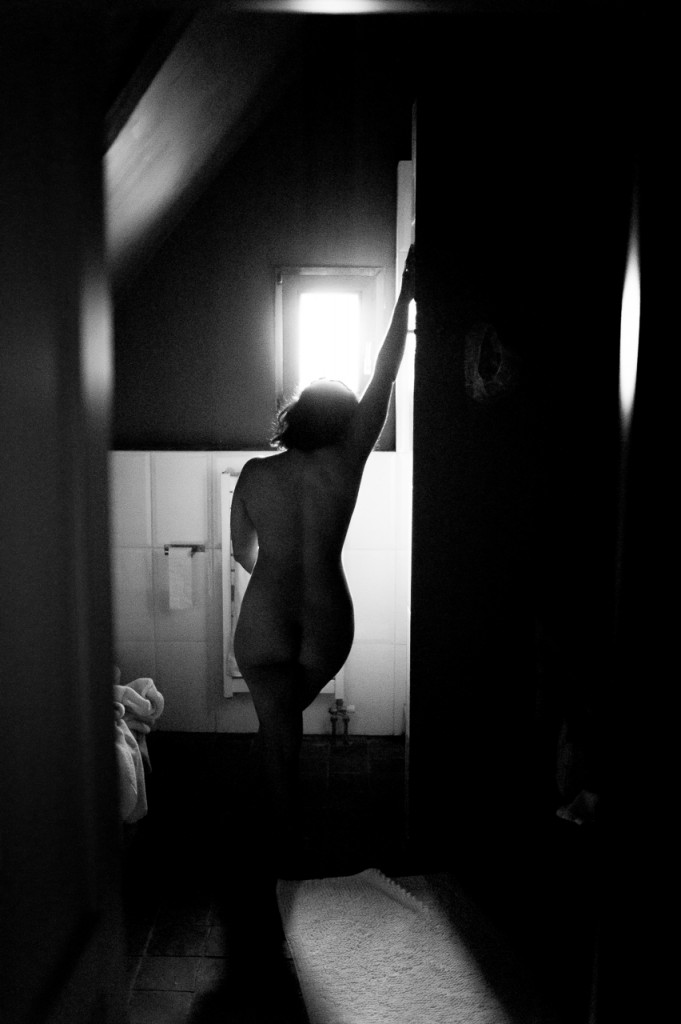
Now that I also have the SL, the CV 35/1.2 has become my standard 35 for that camera. On the M240 it still is the 35 cron. How does that work? Well, for anything that moves and where there is enough light (ISO 3200, f2, 1/60th) I use the M. When things get dark, or when things (or people) don’t move, I use the SL. The SL has the big advantage that its EVF will also work in near dark situations and both the CV35/1.2 and 50/0.95 are much easier and reliably focused on the SL.
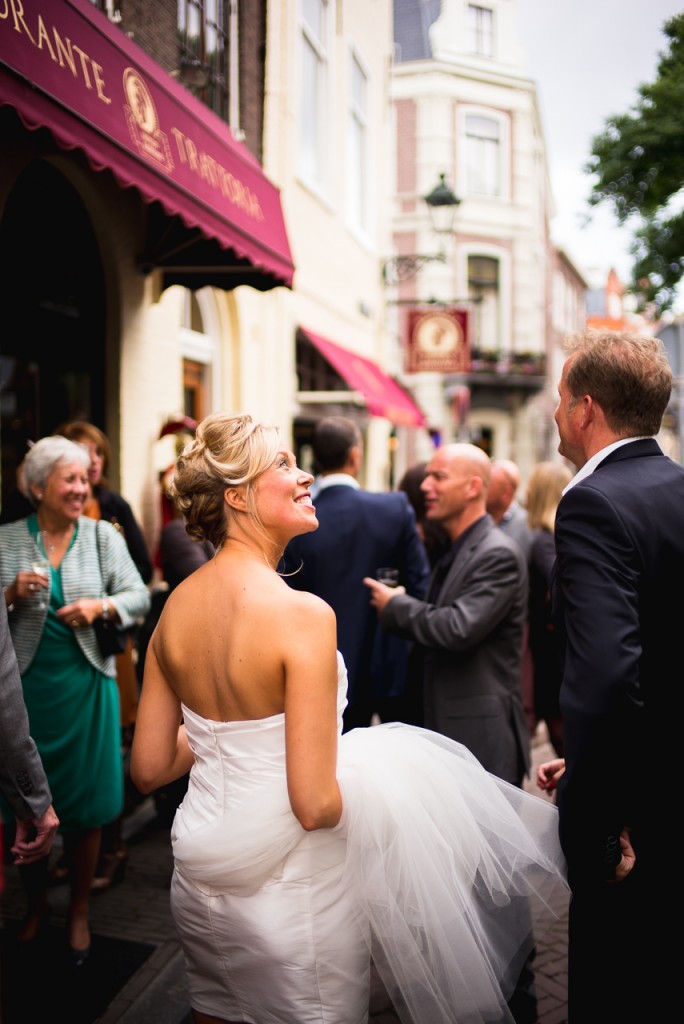
Build quality and ergonomics
The CV 35/1.2 isn’t the lightest lens for the M-system. In fact, it’s quite heavy, but it still balances nicely on the M. I’d recommend a thumbs up for better handling, especially if you’ll be using it on long days (like weddings). Balance is much, much better than with the Noctilux.
Balance is much, much better than with the Noctilux…
The CV 35/1.2 is quite large and therefore obstructs a part of the viewfinder. Even more when you use the hood (which is not included with the lens). I bought the hood, but I rarely use it. Because I use the Superflex 6-12 inserts, the CV 35 doesn’t really fit in the inserts with the hood attached. Flare wise, I never had any unexpected problems.
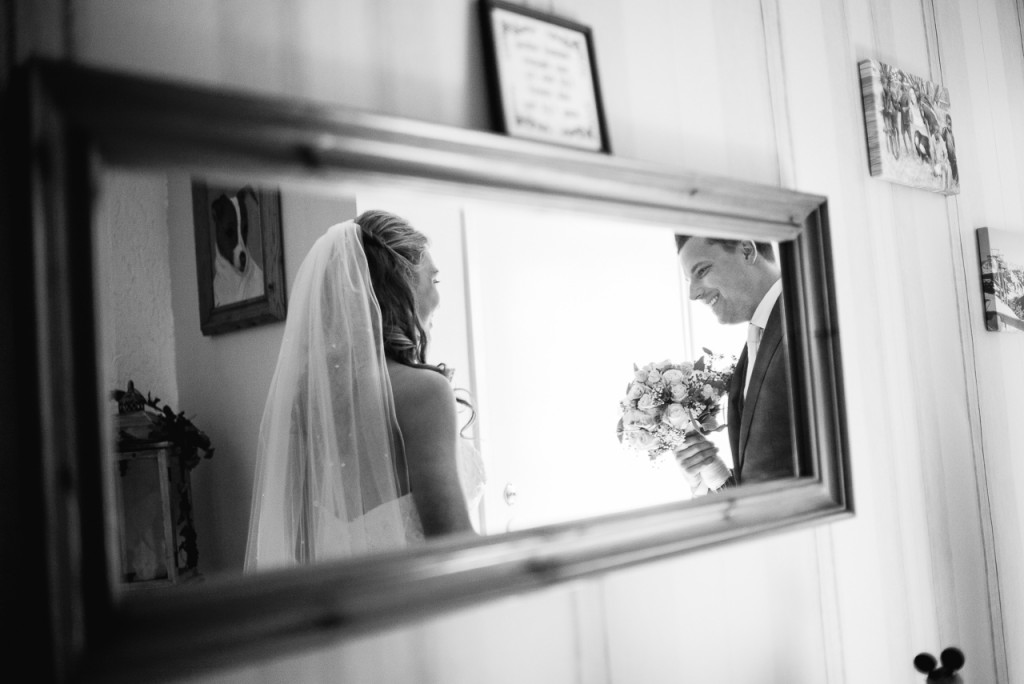
The aperture ring clicks firmly into half stops and feels very reliable. Better than most Leica lenses that I have, which have aperture rings that are too loose for my taste. Focus is very smooth and precise. It may seem that the focus throw is a bit long, but careful inspection of the distance scale shows why this is: it focuses up to 0.5 meters! Great news for any Leica shooter with an EVF (M240, M10, SL), not so good news for pure rangefinder shooters, because the rangefinder is calibrated to work with lenses that focus up to 0.7 meters. That means that between 0.5 and 0.7 meter, you can’t achieve accurate focus through the viewfinder. But these 20 centimeters are a bonus anyway, so don’t let this be a reason not to buy this lens.
On f1.2 you get some serious background separation, if you get close enough…
Sharpness, bokeh and rendering
Wide open, the CV35/1.2 isn’t the sharpest lens on earth. But it’s usable. I shot complete weddings on f1.2 and people were happy with it. As you know, sharpness is a bourgeois concept. On f1.2 you get some serious background separation, if you get close enough. You also get some serious vignetting, but for weddings, this is romantic. The good news is that this lens gets quite sharp at f4 and even better at 5.6. If you use your 35 on 5.6 all the time, you’d better buy the much smaller and lighter Zeiss 35/2.8, but if you want a lens that does it all, this might be your best bet.
You also get some serious vignetting, but for weddings, this is romantic…
This lens has some lens errors you should take into account. It is apsherical, so you won’t get the nasty spherical aberration that you get with the 40/1.4, but you do get some funky purple fringing. Not the end of the world (even the 11,5k Noctilux has it), but you should know.




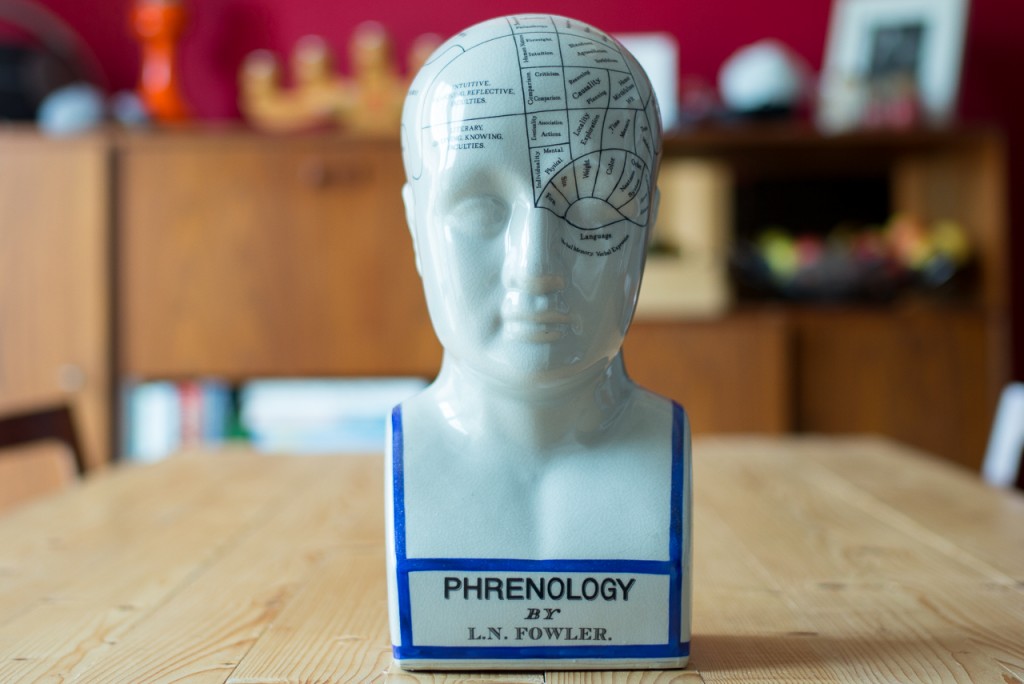
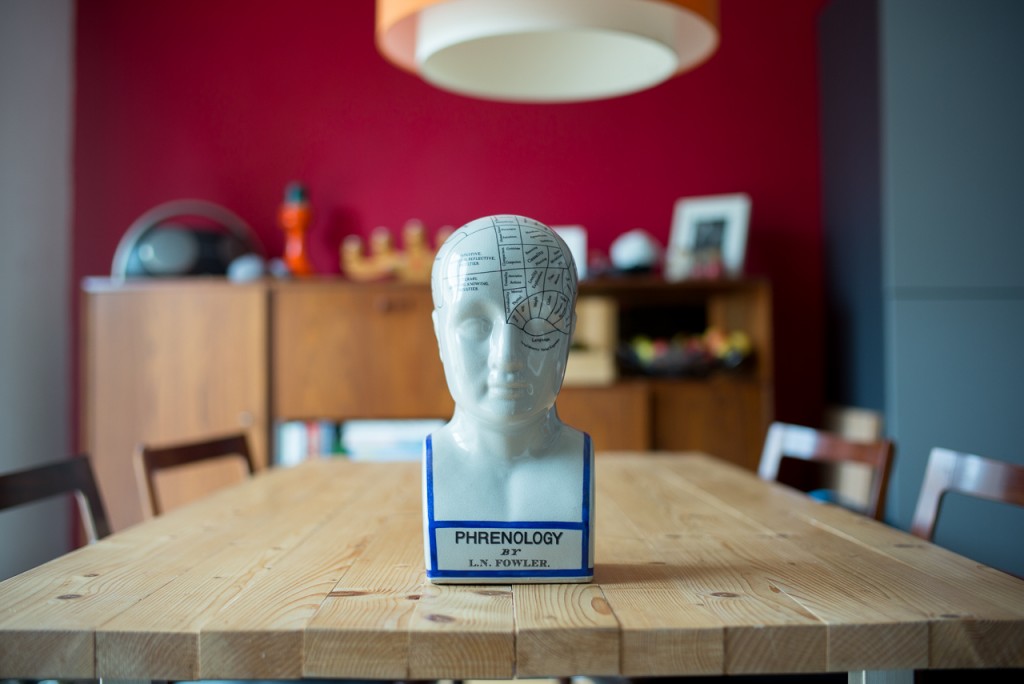



So what about the rest? Contrast is a bit dull wide open, but improves when you stop it down. If you want something more contrasty, check out the excellent Zeiss 35/1.4. Rendering is beautiful! Sometimes, (but only sometimes) this lens reminds me a bit of the Noctilux. Transitions are very smooth and in general the lens is very good for (environmental) portraits, also because it isn’t razor sharp. Bokeh is suprisingly good for a 35mm, but you do have to get close up if you want good background separation.
Sometimes, (but only sometimes) this lens reminds me a bit of the Noctilux…
A bit more about bokeh and depth of field: even though this is a 1.2 lens versus a 1.4 lens, don’t expect miracles regarding depth of field. The biggest advantage compared to the Zeiss 35/1.4 and the Leica 35/1.4 lies in the fact that you can get much closer. If you’d compare images taken from the same distance at 1.2 and 1.4, the depth of field isn’t the biggest difference. The rendering and vignetting does make a big difference between images shot at 1.2 and 1.4.
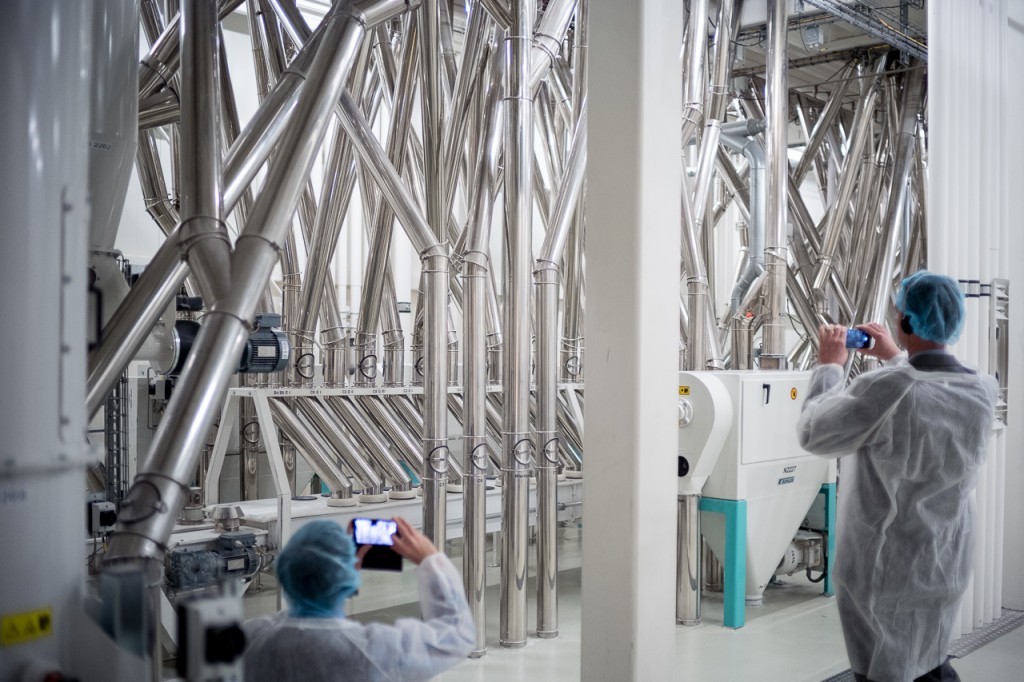
Conclusion
The CV 35/1.2 is a one-of-a-kind lens: it’s the fastest 35mm lens that is compatible with the M-system and therefore unique. It is also very usable in real-life situations and quite versatile. For example, wide open you have the advantage of the better subject isolation and higher speed (with a few downsides, like purple fringing and lower sharpness and contrast), but stopped down it is more than good enough to be used as a standard 35mm lens. Also, the increase in speed doesn’t come with crazy size, weight, or price tag. While the Summilux offers better sharpness and contrast with a lower weight and size, it is also triple the price.
While the Summilux offers better sharpness and contrast with a lower weight and size, it is also triple the price…
It seems like the CV 35/1.2 is a no brainer, but before you rush to your local dealer to get one, consider this: the Zeiss 35/1.4 is sharper, has a lot more contrast, is roughly the same size and quite a bit lighter than de Voigtländer. Yes, it’s more expensive, but still a lot cheaper than the Summilux.
If I’d had to make a choice between the Zeiss and the CV, I’d go for the Zeiss.
I don’t ask for donations, however, a lot of work is put in this website. You can help me continue this work by buying my new E-book ‘101 x Leica’. It’s just 4,99 and this helps me keep this website add-free.
